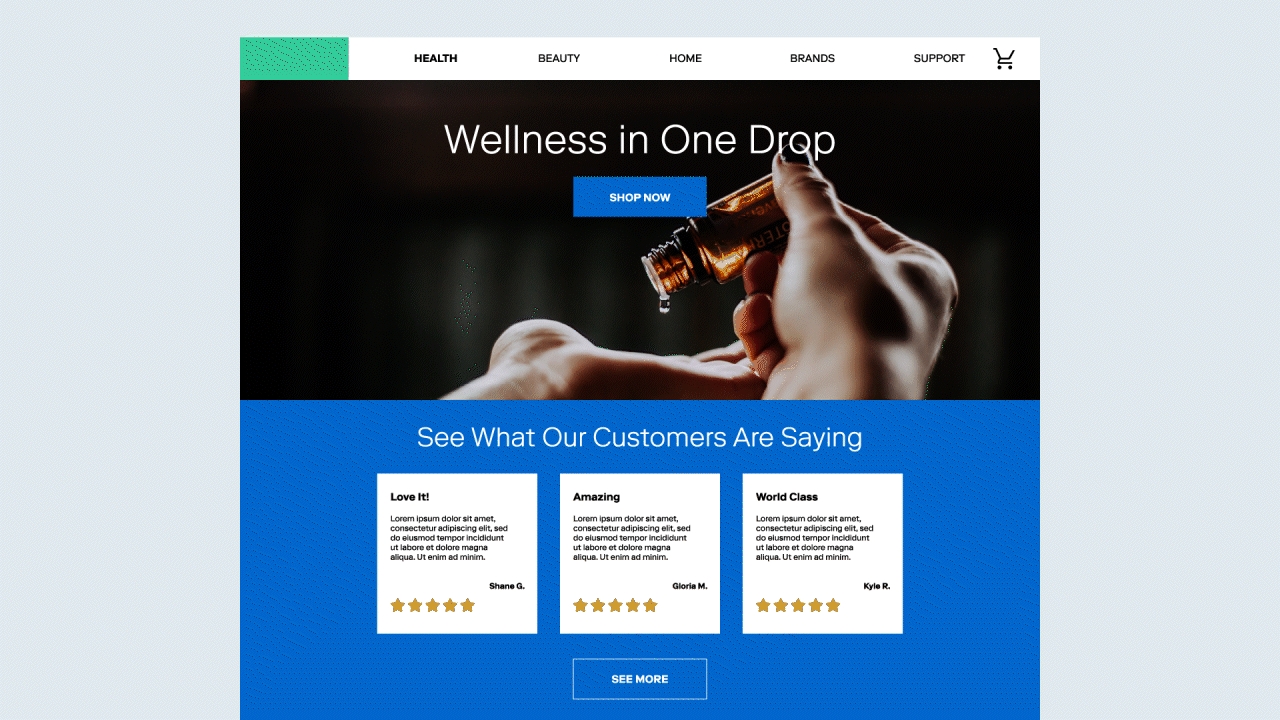Assessing capabilities and needs
When working with a headless CMS, it's important to consider how users will add new content or make content changes. Unlike a headful CMS, which has pre-defined content models and page templates, a headless CMS allows users to define their own content models and control how content pieces are used to construct components and page layouts within the platform itself.
A well-designed authoring experience enables users to easily add and update content.
In order to get this right, you'll want to start by understanding what your needs are. Here are a few exercises to try with your team.
Website audit
Conducting a website audit lets you think critically about all the use cases for your website and how to best approach creating page templates and components.

Unless you're completely restructuring your site's information architecture (IA), start with the pages you currently have. Get a sense of all the things you'll need on your site.
What kinds of pages do you have? Which pages share similar formats? Which pages are templated, and which aren't?
What types of content do you need to display? Look at each page and the components on each page that you'll need. How are they similar? How do they differ? What rules will your system need?
Next, consolidate similar content models and components. Which have similar use cases? How are the requirements similar, and how do they differ? By analyzing similar content models and components, you can identify patterns and determine what requirements are needed to standardize them. This will be easier for organizations that already have a good design system.
Content workflow audit
The workflow audit will focus on identifying how content is being edited. By having this information, you'll be able to make the right decisions on which content to include in your CMS platform and what is the right level of flexibility to provide to your content authors. It could change how you organize and model your content which can positively impact the authoring experience.
Work through these questions and use your response as a starting point to make trade-offs.
Which content on the site is more frequently updated? This can be a certain type of page (e.g., blog, home) or sections within a page (e.g. promotional banner).
Which parts of the site are rarely or never manually updated?
What does the process look like from drafting to publishing content? Are there different roles for editing, reviewing and publishing?
Is there content that should be managed globally? This can include, for example, content that is reused across the site (e.g., contact information, client logos).
Are there reoccurring workflows that involve updating content across similar touchpoints on the site (such as launching a sales campaign for an e-commerce site)?
As you and your team answer these questions, you'll get a better idea of how to best structure your headless CMS platform in a way that enables your team.
Identify team capability
Evaluating the capabilities of your team can help you build a platform that meets your team members where they are. Although good onboarding and documentation are always helpful, the platform should be tailored to the comfort level of your team to the extent possible.
You can start by considering:
What kind of CMS editing experience are your authors familiar with or currently prefer?
How technically savvy are your content authors? Are your teams familiar with technical jargon? (This can help you evaluate how to approach naming your field labels.)
How comfortable are your content authors with making design or layout decisions? How much flexibility is too much?
Last updated
Was this helpful?